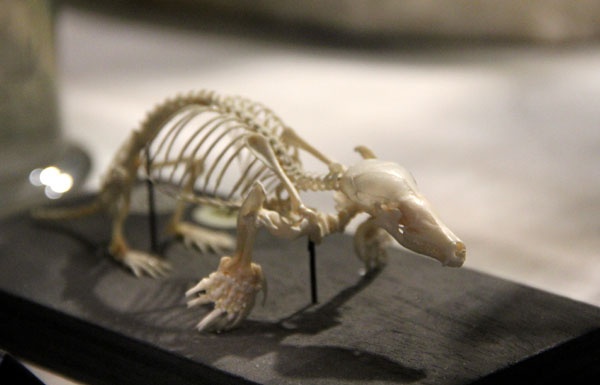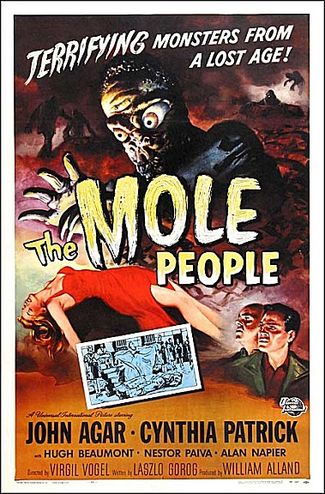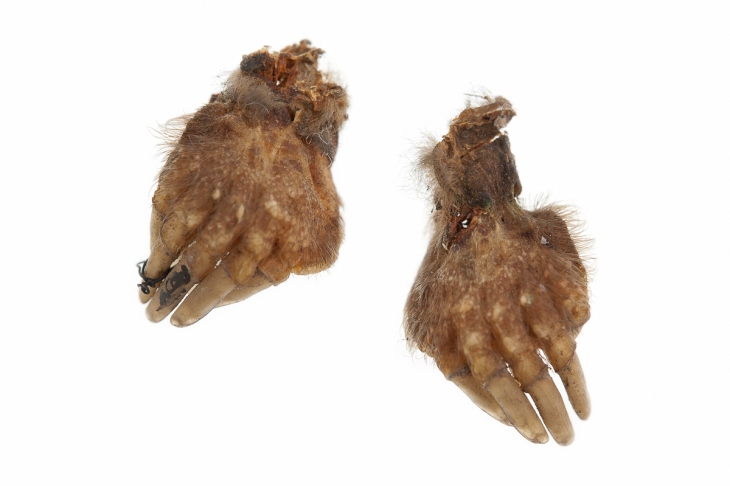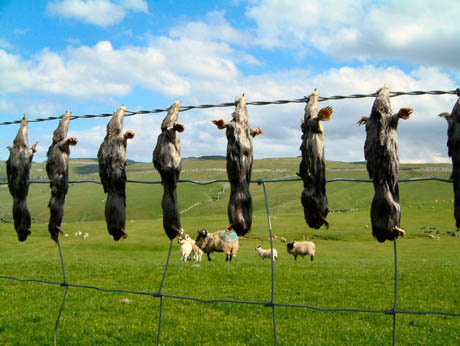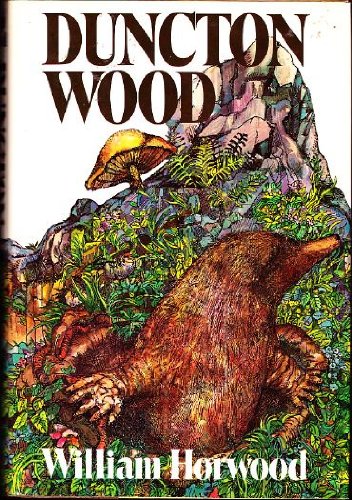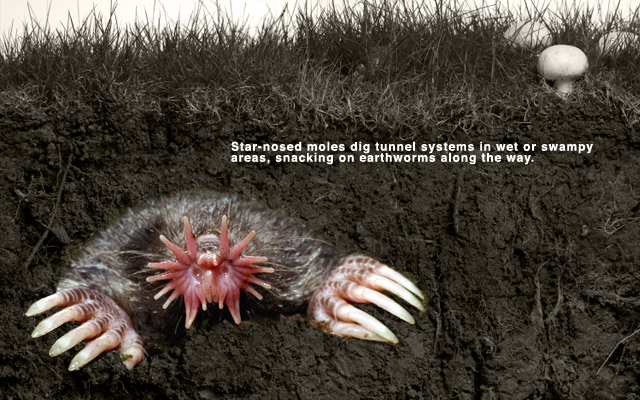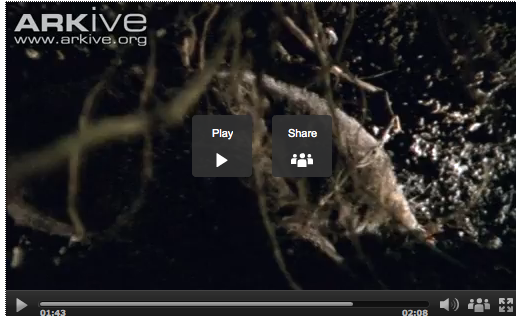Not to be confused with Mallrats. Mole-Rat is a general term for a number of unrelated groups of burrowing rodents, called blesmols.
The Naked Mole-Rat is probably the more unusual looking of the burrowing rodents, they are from the horn of Africa. They are about 8-10 cm long and can live for up to 30 years, substantially longer then other rodents.
This study suggests due to their long life and unusual resistance to disease, in particular cancer, they would be particularly useful in genome experiments.

It is unclear if this truly is a mole rat, although it has been called so. Image from @JillJ_194 (origin unknown). But it is too good a photo not to include.
It seems our Glass Jar of Moles is not the only one with ther own twitter account. The Naked Mole Rat has one too; (Described as: @Eusocialist. Tunneller. Warrior. The Sabre-Toothed Sausage – BBC)

This naked mole-rat came from a zoo. Image from here. Courtesy of Pittsburgh Zoo & PPG Aquarium
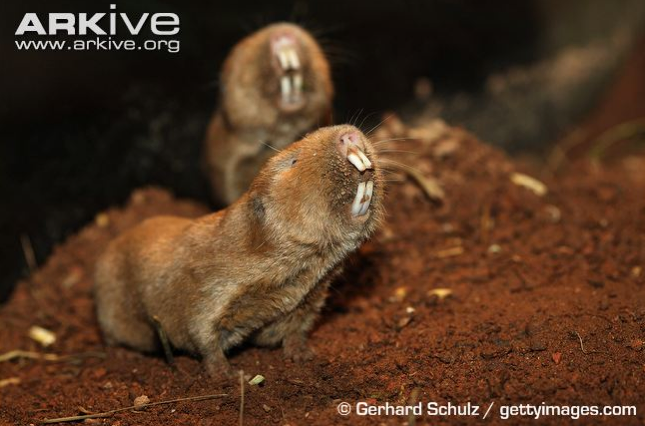
For more information on these Zambian mole-rats (and on this image) click here.
 Physical Object available to view at UCL Museums (search Grant Museum Catalogue: Z1460 ).
Physical Object available to view at UCL Museums (search Grant Museum Catalogue: Z1460 ).
 Digital Object – Online sources. (search arkive.org for more variations).
Digital Object – Online sources. (search arkive.org for more variations).
 Physical Object borrowed from non UCL Museum collection. Available to view ( At Pittsburgh Zoo, among many others).
Physical Object borrowed from non UCL Museum collection. Available to view ( At Pittsburgh Zoo, among many others).
![]() Digital Object – Online sources (for more information: The Reptile Database).
Digital Object – Online sources (for more information: The Reptile Database).
